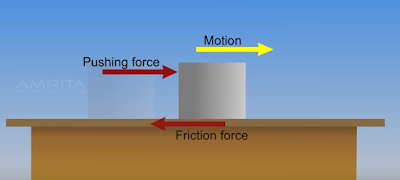- Re-read the content in the textbook.
- Revise by doing a concept map of the topic on Reproduction in Flowering Plants.
- Study by ensuring you remember all the concepts correctly.
Homework: P5 Revision Concept Map in NSB
- Complete 1 concept map for Reproduction in Flowering Plants (Include the process of Germination, Pollination, Fertilisation and Seed Dispersal)
- Do not merely copy the mind-map from the textbook. Consolidate all the important concepts under this topic.
Homework: Read up Energy TB
We will be starting Energy next week.
Read up Chapter 1: Energy in Food. Find out more about what is an iodine test for Starch. We will be carrying out the practical lab session next Wednesday on iodine test.
Reminder:
Bring a food item (e.g. biscuit, different types of bread, potato, carrot, ginger, onion, etc... ) for next Wednesday's Lab session on Iodine Test. We will be testing out the presence of starch in the items that you'll be bringing.
Read up Chapter 1: Energy in Food. Find out more about what is an iodine test for Starch. We will be carrying out the practical lab session next Wednesday on iodine test.
Reminder:
Bring a food item (e.g. biscuit, different types of bread, potato, carrot, ginger, onion, etc... ) for next Wednesday's Lab session on Iodine Test. We will be testing out the presence of starch in the items that you'll be bringing.
Deadline for NSB
- Monday, 1 Feb
- Remember to bring. Science Monitors will collect by recess time on Monday.


